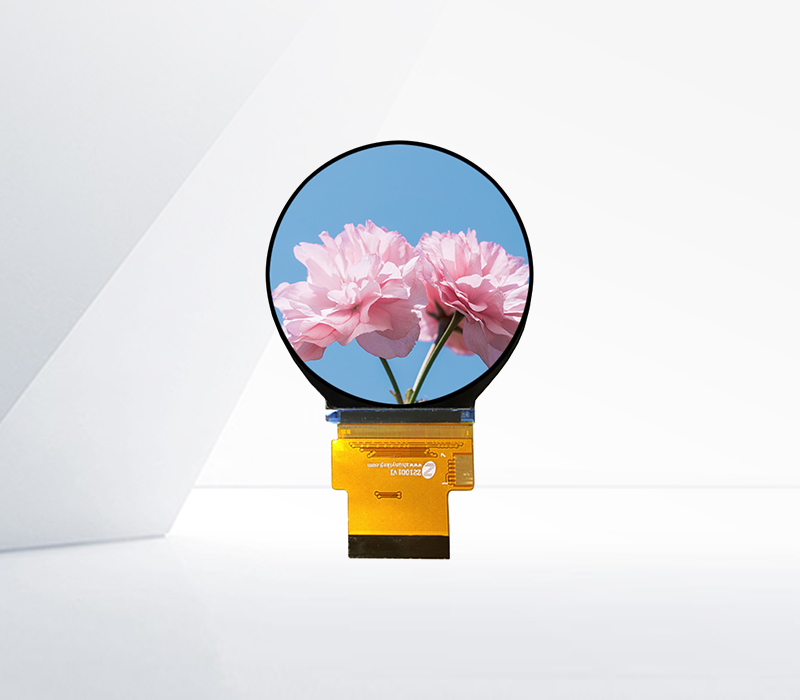




An LCD display that exhibits a lack of vividness in the pink color can be a significant drawback for users who demand accurate and vibrant color reproduction. This issue may stem from several factors within the display's technology. The color filters used in the LCD panel might not be of high quality or precisely calibrated for the pink spectrum. In some cases, the backlight source may not emit the appropriate wavelengths or intensity to bring out the true richness of the pink color. This can make images, such as those in fashion photography, where pink is a prominent color, appear dull and lifeless.
Another possible cause could be the display's color temperature settings. If the color temperature is too cool or warm, it can distort the perception of pink and other colors. Additionally, the graphics processing unit (GPU) or the display driver software might not be optimized to handle color accuracy properly. Manufacturers need to ensure strict quality control during the production process to address these issues. This includes using high-quality color filters, calibrating the backlight precisely, and optimizing the software and hardware interactions to enhance color reproduction. Users, on the other hand, can try adjusting the display settings, such as color saturation and hue, to see if they can improve the appearance of the pink color. However, if the problem persists, it might indicate a more fundamental defect in the display's design or manufacturing.
